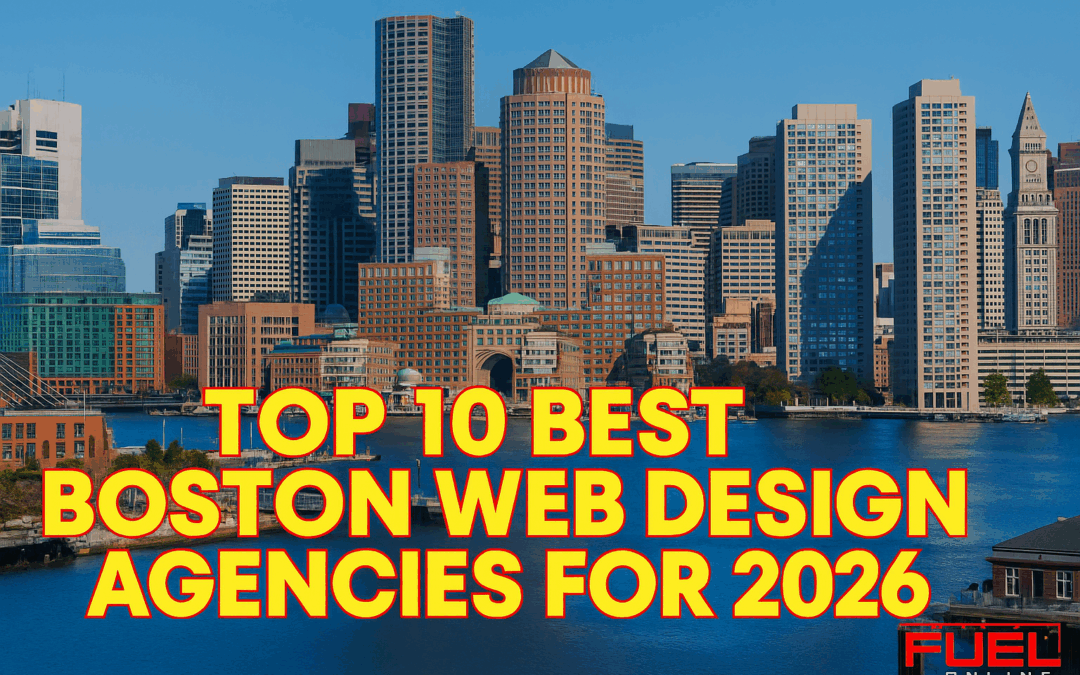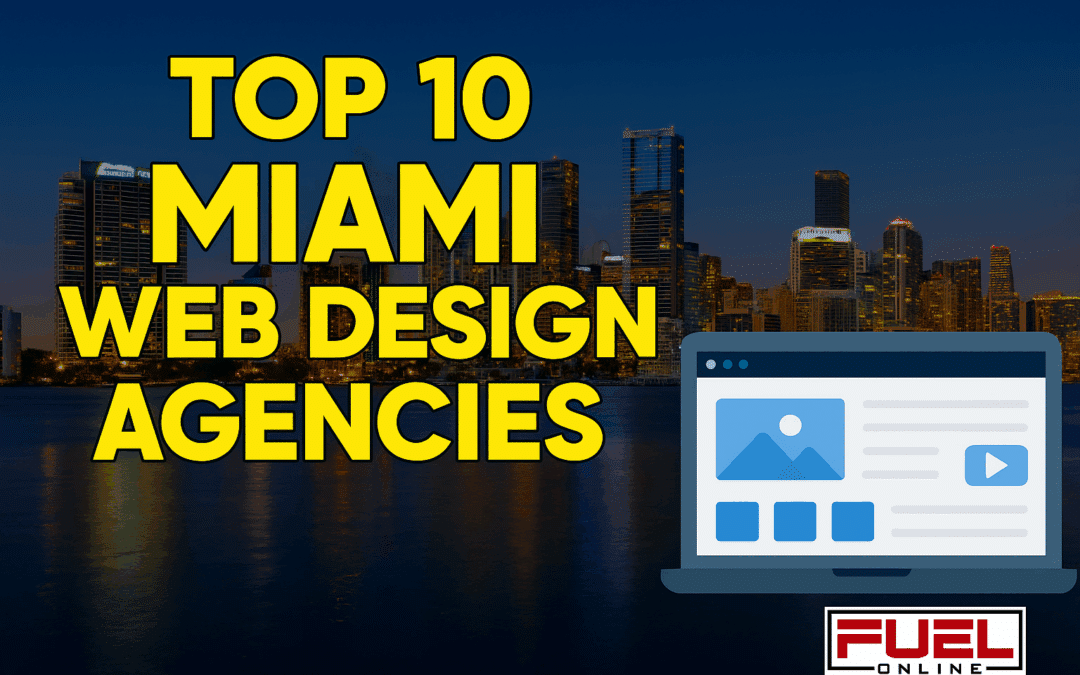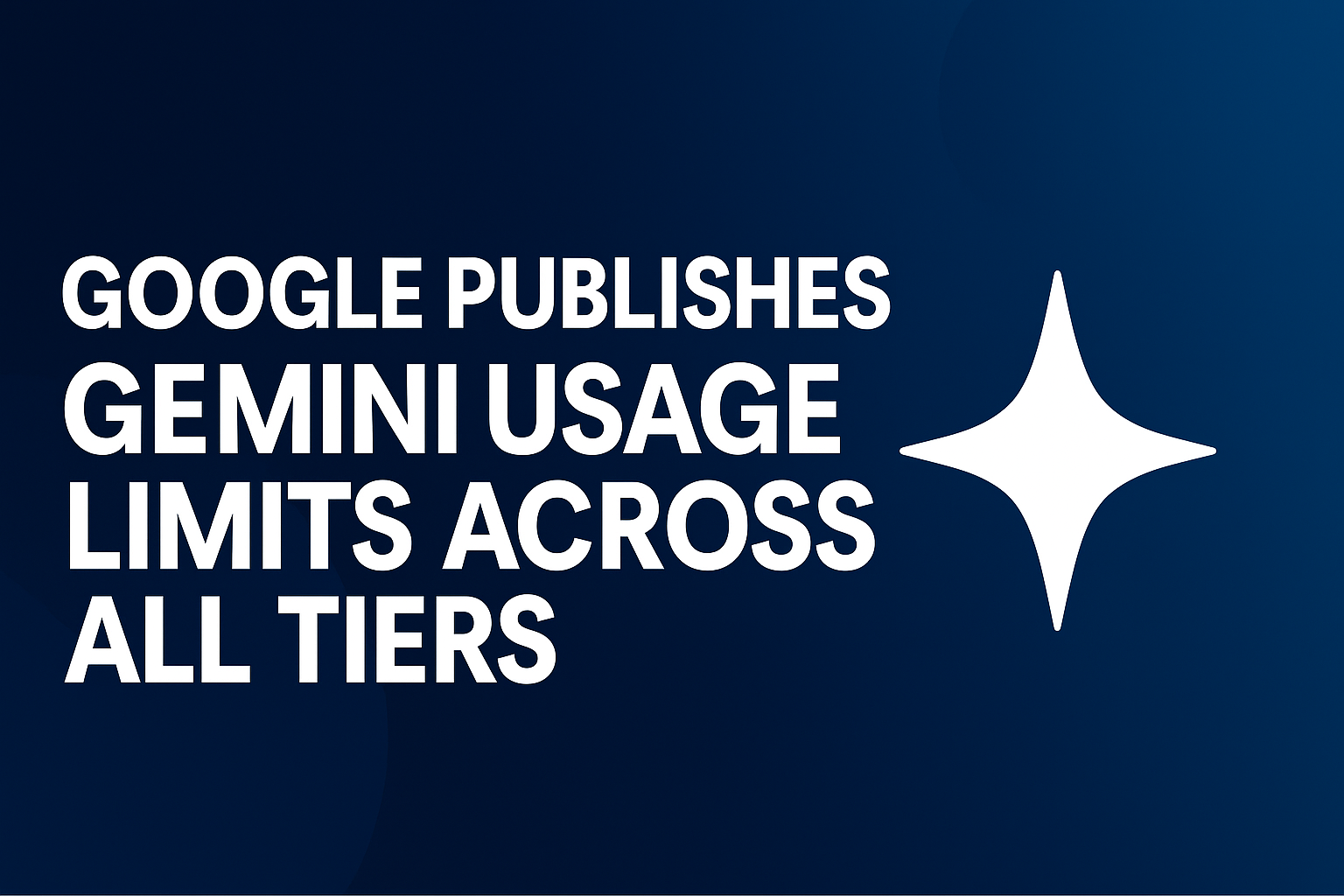Web design and SEO marketing are two powerful forces that, when combined, can skyrocket your online presence. At Fuel, we’ve seen firsthand how these elements work together to drive traffic, engage users, and boost conversions.
In this post, we’ll explore the key components of effective web design that enhance SEO performance, and share practical tips for integrating SEO best practices into your design process.
How Web Design Boosts SEO
Mobile-First Design: Essential for Modern Websites
In 2023, mobile devices generated over 55% of global web traffic. Google’s mobile-first indexing prioritizes the mobile version of websites for ranking. A responsive design that adapts to all screen sizes is now essential.
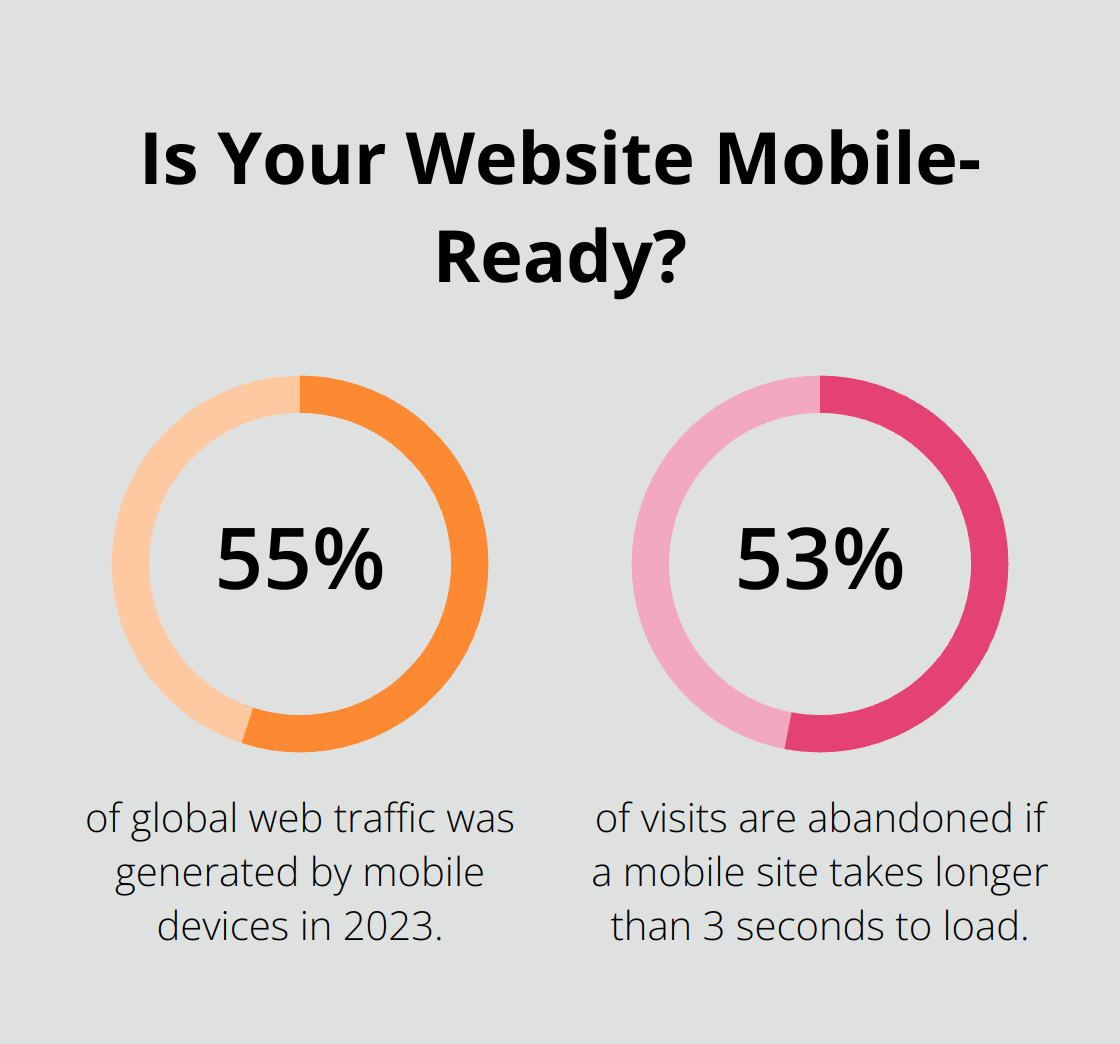
To create a mobile-first design:
- Use flexible layouts and images
- Prioritize content for mobile users
- Optimize touch targets for easy navigation
- Implement accelerated mobile pages (AMP)
Speed: A Critical Factor for User Retention
Site speed directly impacts search rankings and user satisfaction. Google reports that 53% of visits are abandoned if a mobile site takes longer than 3 seconds to load.
To enhance your site’s speed:
- Compress images and use next-gen formats (e.g., WebP)
- Minimize HTTP requests
- Leverage browser caching
- Use a content delivery network (CDN)
Navigation: Guiding Users and Search Engines
A well-structured site with clear navigation helps users and search engines understand your content hierarchy. This improves user experience and assists in effective crawling and indexing of your pages.
Implement these navigation best practices:
- Use descriptive, keyword-rich menu items
- Limit main navigation to 7 items or fewer
- Include a search function for larger sites
- Add breadcrumbs for complex site structures
Content: The Foundation of SEO and User Engagement
High-quality, relevant content remains the cornerstone of effective SEO and user engagement. It’s not just about keywords; it’s about providing value to your audience.
To create SEO-friendly content:
- Conduct thorough keyword research
- Use headers (H1, H2, H3) to structure your content
- Include relevant, high-quality images with descriptive alt text
- Create in-depth, authoritative content on your niche topics
These design elements form the backbone of a website that not only looks great but also performs well in search rankings. The next section will explore how SEO best practices can be integrated into the web design process to further enhance your site’s performance.
SEO Essentials for Web Designers
Web designers shape a website’s SEO performance significantly. Implementing key SEO practices during the design phase creates a solid foundation for search engine success. Let’s explore essential SEO techniques that every web designer should master.
Header Tags: More Than Visual Elements
Header tags (H1, H2, H3) play a vital role in SEO. The H1 tag, used for the main title, should include your primary keyword and appear only once per page. H2 and H3 tags structure your content and provide opportunities to incorporate secondary keywords.
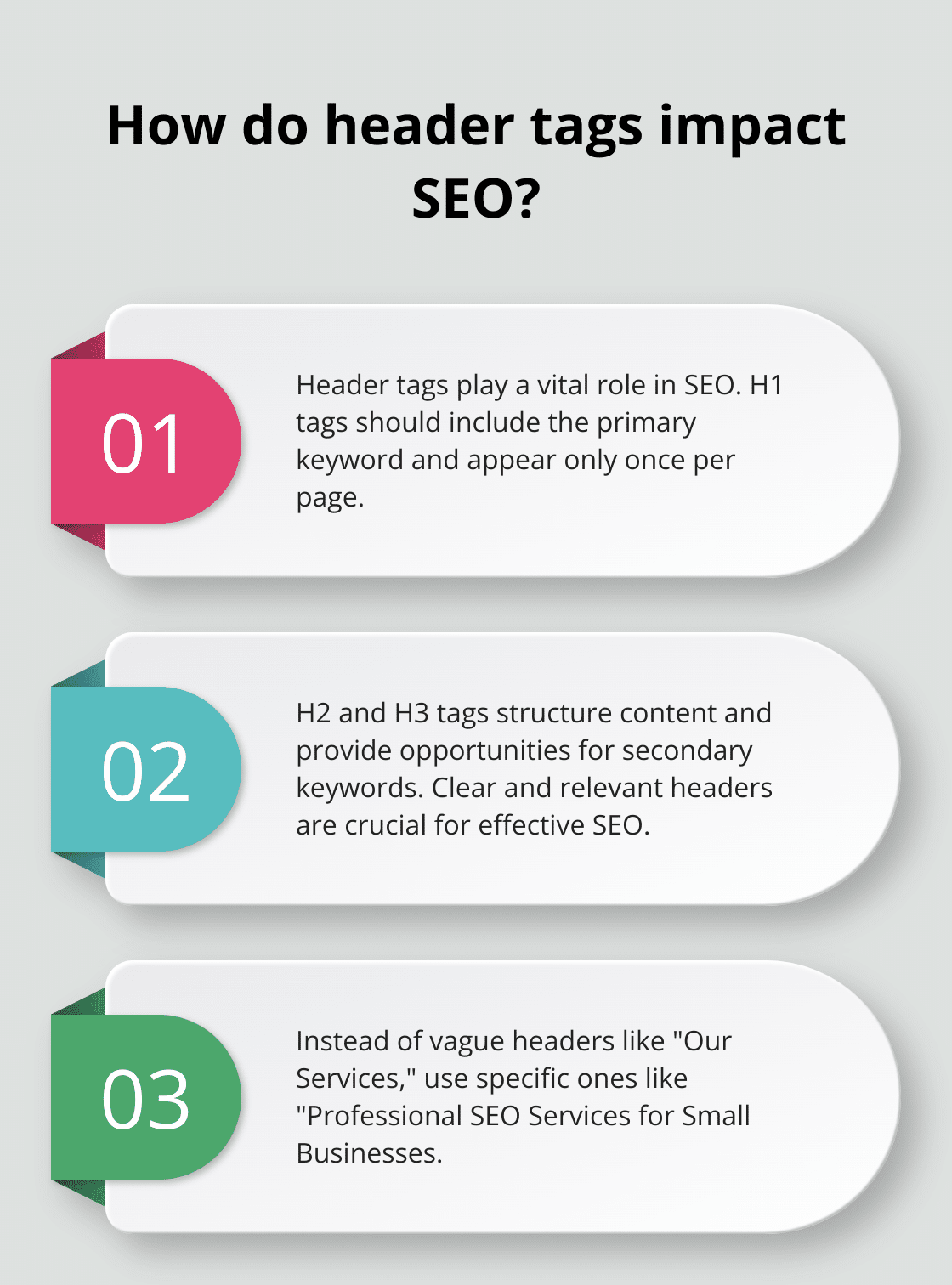
When you craft headers, focus on clarity and relevance. For example, instead of a vague H1 like “Our Services,” use “Professional SEO Services for Small Businesses.”
Image Optimization for Search
Images impact your site’s SEO performance significantly. Large, unoptimized images slow down page load times, negatively affecting user experience and search rankings. Google reports that 53% of mobile users abandon sites that take over 3 seconds to load.
To optimize images:
- Compress files without sacrificing quality
- Use descriptive, keyword-rich file names
- Include alt text for accessibility and SEO benefits
Alt text helps search engines understand image content and improves accessibility for visually impaired users. A well-crafted alt text might read: “SEO specialist analyzes website traffic data on computer screen.”
Effective Internal Linking Strategy
Internal links distribute page authority throughout your site and guide users to relevant content. A study by Moz showed that pages with more internal links tend to rank higher in search results.
When you design your site’s structure, consider creating topic clusters. This involves linking related content to a central pillar page, reinforcing your site’s topical authority. For instance, a pillar page about “Digital Marketing” might link to subpages on SEO, PPC, and social media marketing.
XML Sitemaps and Robots.txt: Technical SEO Elements
XML sitemaps and robots.txt files impact your site’s crawlability and indexation significantly. An XML sitemap acts as a roadmap for search engines, helping them discover and understand your site’s structure. Google states that sitemaps are especially useful for large websites or those with isolated pages.
The robots.txt file tells search engines which parts of your site to crawl and which to ignore. This prevents the indexation of duplicate content or private areas of your site.
These technical SEO elements can improve a site’s search performance dramatically. A well-structured XML sitemap and a properly configured robots.txt file help achieve faster indexation and better control over a site’s crawl budget.
Incorporating these SEO best practices into your web design process enhances your site’s search performance. SEO isn’t just about keywords; it’s about creating a user-friendly, easily navigable site that search engines can understand and rank effectively. The next section will explore how to integrate these SEO practices seamlessly into the web design process for maximum impact.
How to Seamlessly Blend SEO into Web Design
Start with Solid Keyword Research
Before you sketch your first wireframe, conduct thorough keyword research. Tools like SEMrush or Ahrefs reveal what your target audience searches for. Focus on long-tail keywords with decent search volume but lower competition. These often convert better due to their specificity to user intent.
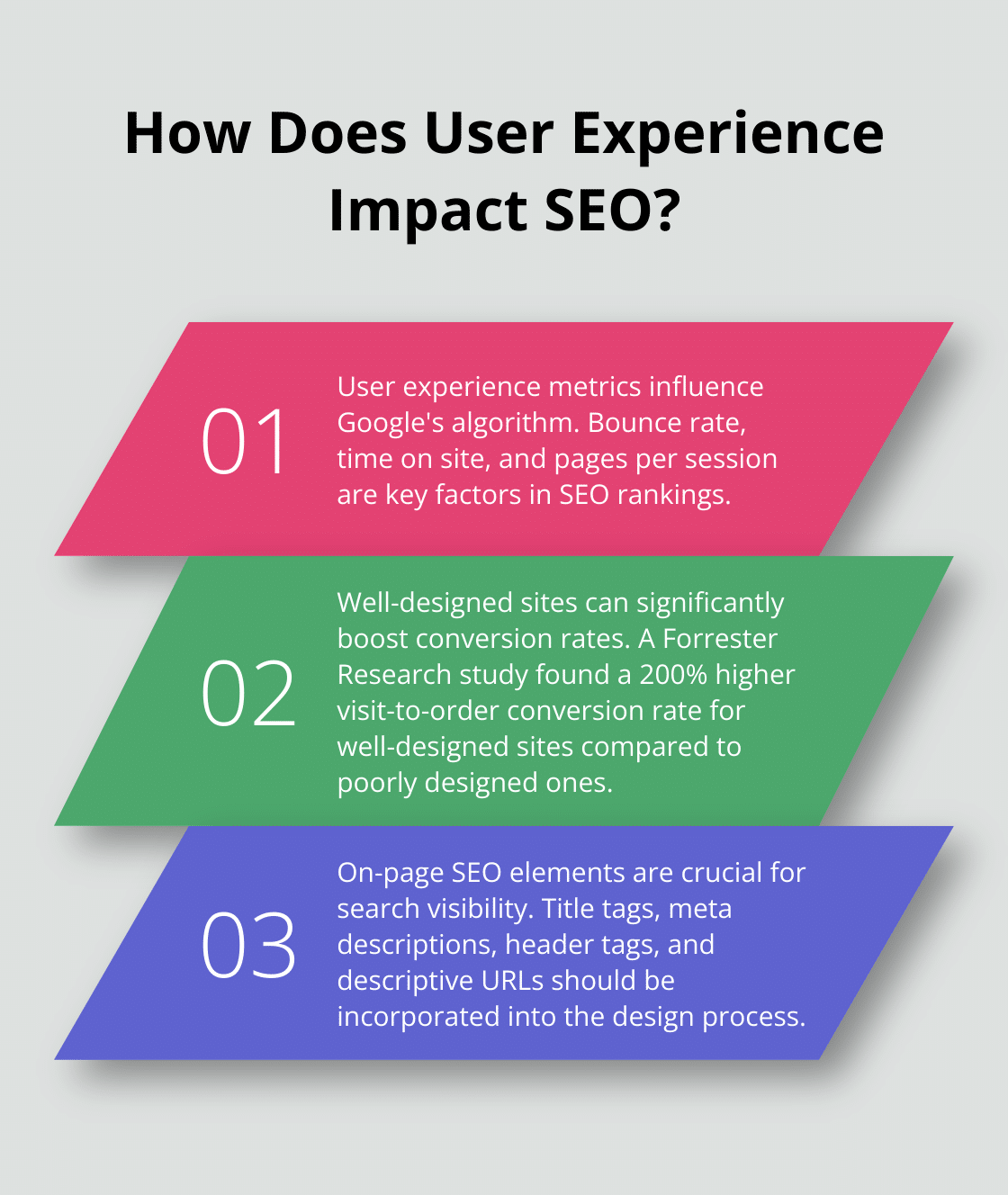
Instead of targeting broad terms like “digital marketing,” focus on “B2B content marketing strategies for tech startups.” This approach guides your content creation and informs your site structure and navigation.
Design with On-Page SEO in Mind
As you move into the design phase, keep on-page SEO at the forefront. Create a clear hierarchy for your content that aligns with your keyword strategy. Your main pages should target primary keywords, while subpages can focus on more specific, long-tail variations.
Ensure your design allows for easy placement of key on-page elements:
- Title tags that include your target keyword
- Meta descriptions that entice clicks
- Header tags (H1, H2, H3) that structure content logically
- URLs that are short, descriptive, and include keywords
Prioritize Technical SEO from Day One
Technical SEO is a crucial consideration in the design process. Your site architecture should be crawlable and indexable by search engines. This means:
- Create a logical site structure
- Implement a clear internal linking strategy
- Ensure your site loads quickly on all devices
Page speed is particularly critical. Design with speed in mind by optimizing images, minimizing HTTP requests, and leveraging browser caching.
Focus on User Experience (UX) Metrics
Google’s algorithm increasingly considers user experience when ranking sites. Key metrics include:
- Bounce rate
- Time on site
- Pages per session
Design your site to encourage engagement. This might mean creating compelling calls-to-action, implementing intuitive navigation, or designing visually appealing content layouts that keep users scrolling.
A study by Forrester Research found that a well-designed site can have up to a 200% higher visit-to-order conversion rate than a poorly designed site.
Final Thoughts
Web design and SEO marketing form a powerful alliance that transforms online presence. A well-designed website attracts visitors and keeps them engaged, reducing bounce rates and increasing conversions. The synergy between design and SEO extends beyond aesthetics to encompass technical elements like site speed, mobile responsiveness, and clear navigation structures.
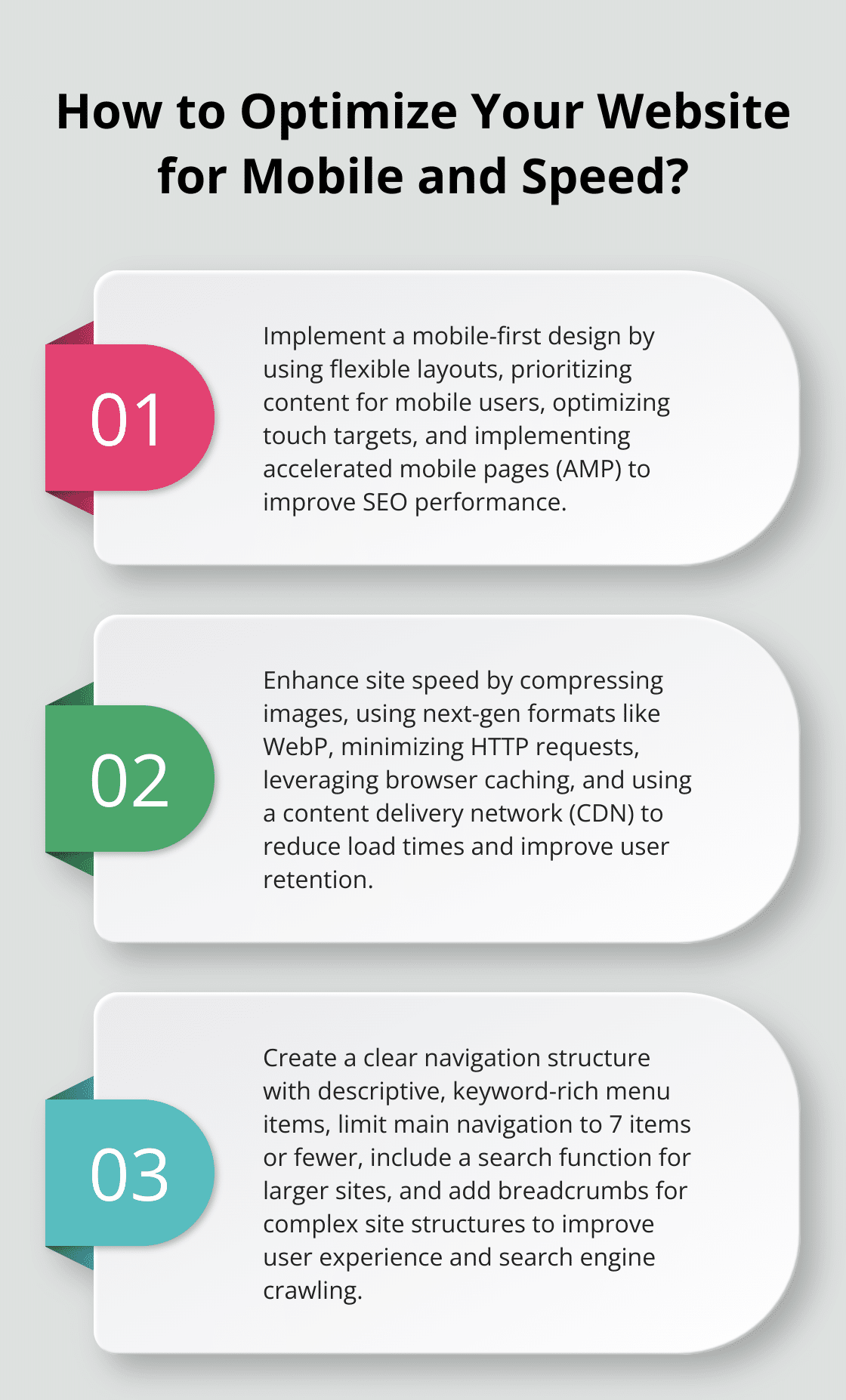
Businesses that prioritize this integrated approach often see substantial growth over time. Higher search rankings lead to increased organic traffic, while an optimized user experience translates to better conversion rates. The digital landscape constantly evolves, with search engines regularly updating their algorithms, so ongoing optimization and updates are essential to maintain and improve site performance.
At Fuel Online, we focus on creating websites that look great and perform exceptionally in search rankings. We help businesses achieve substantial growth in their online presence (through data-driven strategies and industry trends). Your website is often the first point of contact between your business and potential customers, so investing in web design and SEO marketing creates a powerful tool for business growth and success in the digital age.



